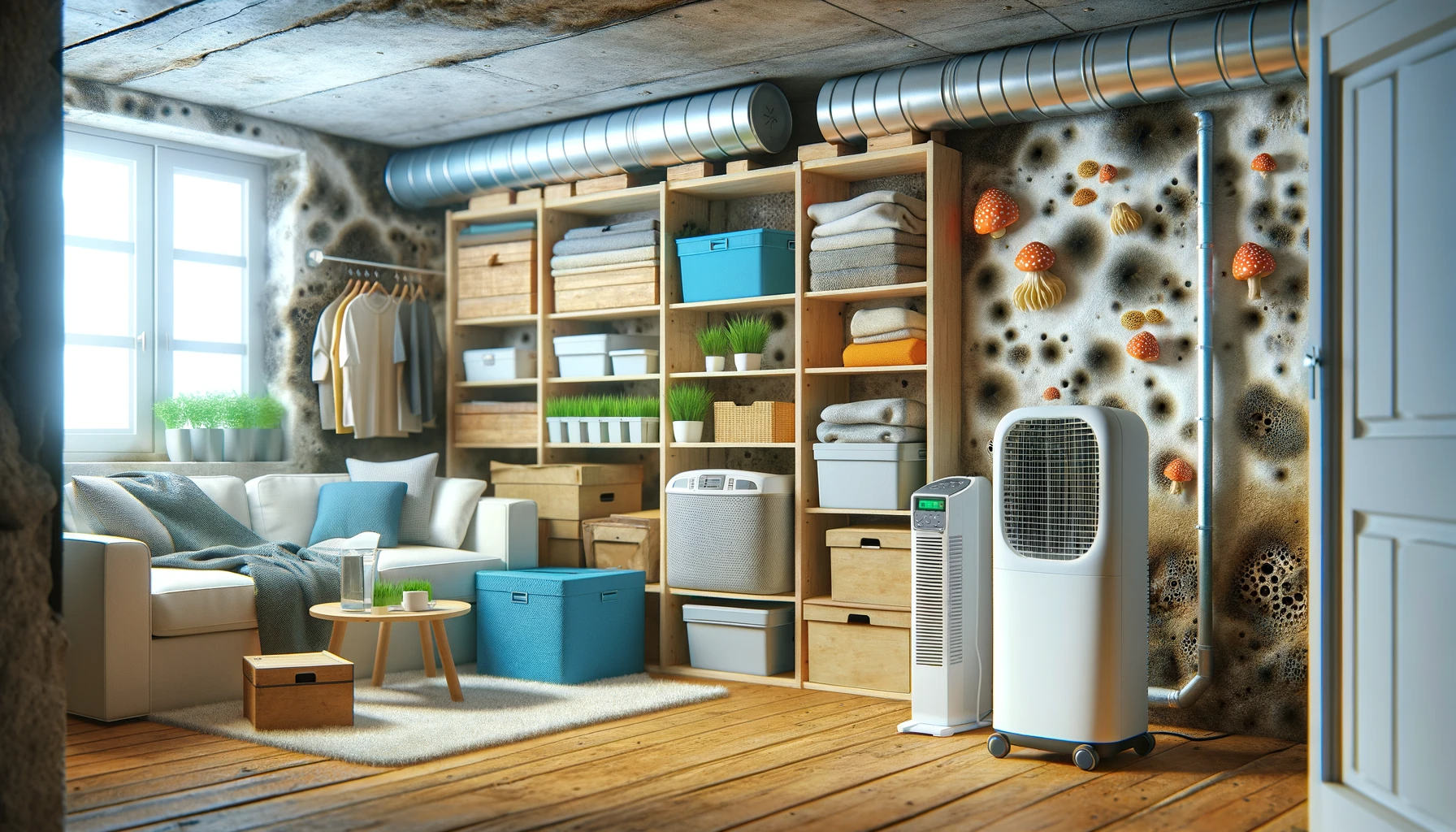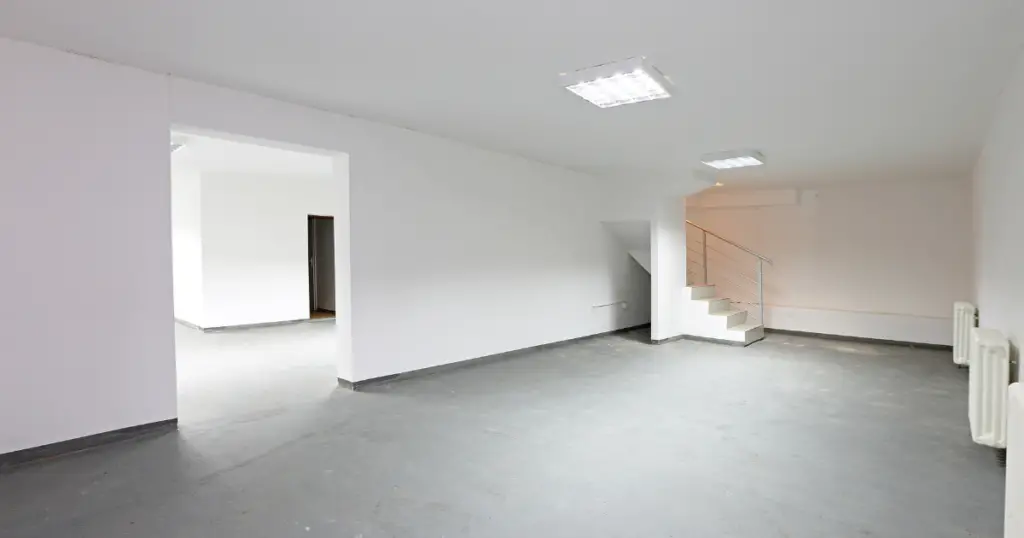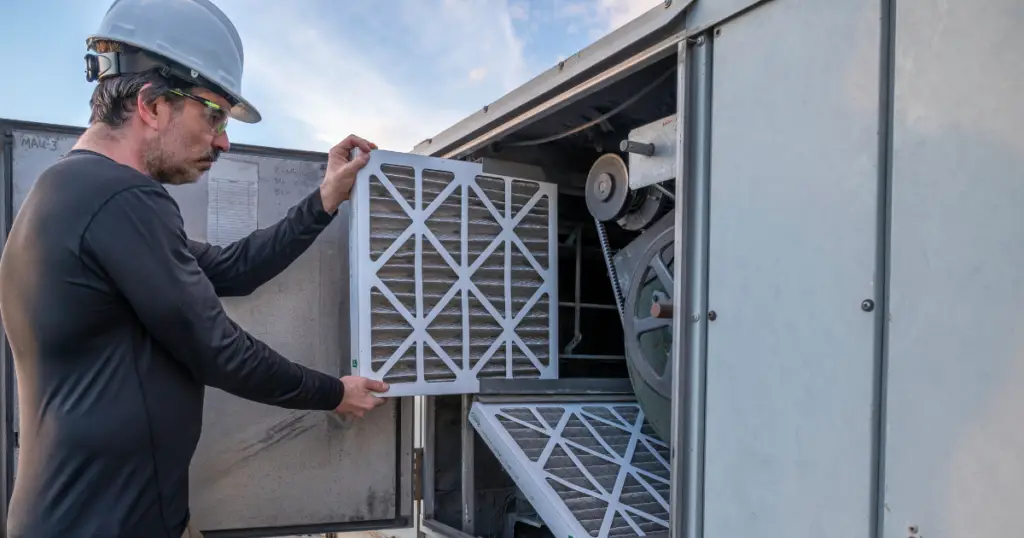Basements are particularly prone to mold growth, stemming from an abundance of moisture and a lack of ventilation. Basements are built underneath ground level, making them incredibly prone to moisture seeping in through walls and foundations or window wells. This is due to the humidity of the soil surrounding your basement; as they are located at the bottom of a building’s structure by gravity, any water present will naturally settle there.
Professional mold and mildew inspectors have noticed more extreme infestations within this part of homes than anywhere else. While it may seem like a minor problem, basement mold can cause serious health issues and cause extensive damage if left untreated.
Mold is a type of fungus that serves an important purpose in nature by helping to decompose animal and plant matter. As it thrives in environments with high humidity and low air circulation, mold can easily grow within basements where these conditions are abundant– leading to its rapid spread throughout the home.
While some types of molds are relatively harmless, others can cause health problems such as allergies, asthma flare-ups, irritation of the eyes or nose, fatigue, headache, skin rash, and more. In addition to health concerns, mold can also cause structural damage to the home itself if it is not addressed quickly.
Whether you’re already aware of it or not, mold can be a real problem in basements. This article will provide insight into this common issue and offer helpful tips for preventing mold from taking over.
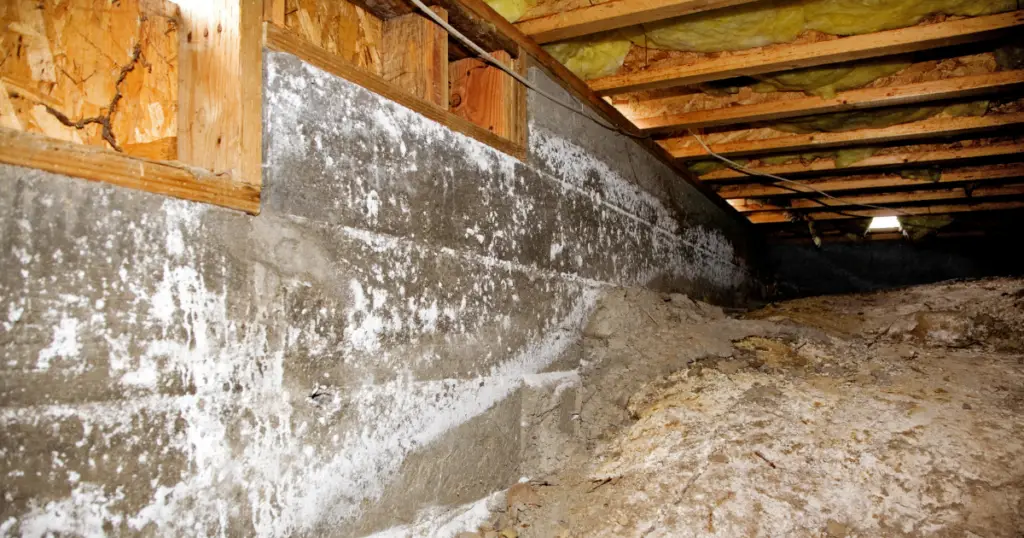
How does Mold get in my basement?
Mold is a fungus that is commonly found both indoors and outdoors in our environment. It typically enters a basement through mold spores floating in the air, which land on organic matter. In environments with excess moisture, favorable temperatures and an elevated indoor humidity level, mold spores can develop into colonies of mold.
The most common entryways for mold to enter a basement are through cracks or openings in the walls, floors, or ceilings. These openings allow warm moist air to enter from outside and provide an ideal habitat for mold growth. If left unchecked, this growth can quickly spread throughout the basement and become a hazardous problem for homeowners.
Mold spores need food, water, and a hospitable temperature to thrive. When these conditions are met, even small amounts of organic material such as wood or paper can provide a foundation on which mold colonies will form. Homeowners should monitor their basements for sources of excess moisture and address them immediately to help prevent mold growth.
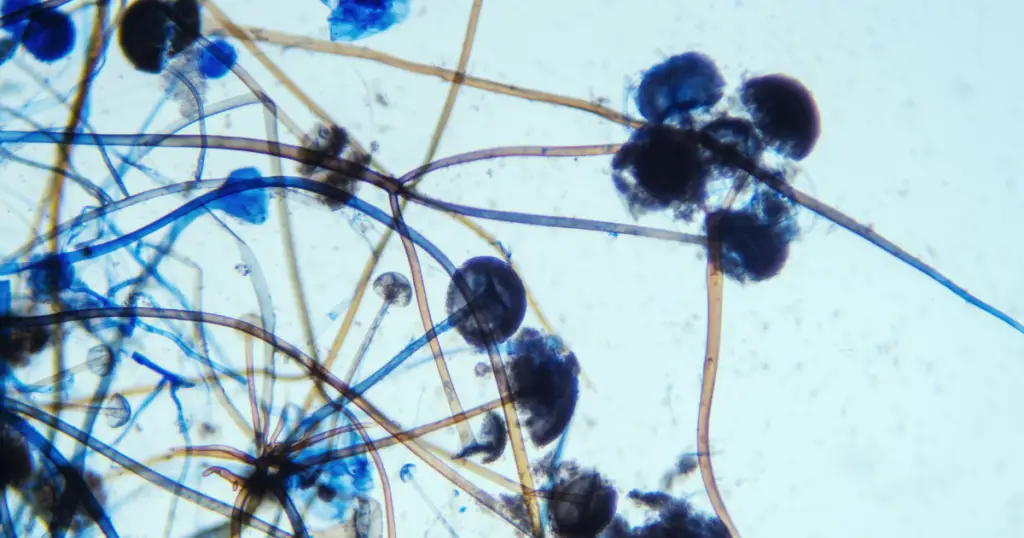
What are Mold Spores?
Mold spores are microscopic cells and remain invisible to the naked eye. They can come from both indoor and outdoor sources and can enter your home through open windows, doors, clothes, or vents. Spores are reproductive cells of mold, which can spread and grow colonies quickly when exposed to the right conditions. They are the main cause of indoor air pollution, allergens, and respiratory problems. These spores are released into the air when a mold colony grows and spread throughout a home.
Spores are capable of surviving in a variety of climates and conditions, including extreme temperatures, high humidity levels, and harsh environments. They can also persist on surfaces for long periods before becoming active again when exposed to dampness or warm temperatures. These characteristics make mold an especially hardy organism that can quickly spread throughout a space if left unchecked.

What are the most common types of mold found in the basement?
The most common mold species found in the basement are:
- Stachybotrys Chartarum – Also known as black mold, this type of mold is often toxic and can cause serious health problems. It typically grows on damp organic material such as wood, cardboard, or paper.
- Penicillium – This type of mold has a characteristic bluish-greenish color and can be found on surfaces such as wallpaper, carpet, or ceiling tiles.
- Acremonium – Acremonium usually appears white or grey and is commonly found on showers, bathtubs, and other areas that come into contact with water.
- Alternaria – Alternaria is a type of mold found in damp areas such as basements, bathrooms, and kitchens. It typically has a furry or velvety appearance and can cause allergic reactions when inhaled.
- Aspergillus – Aspergillus is a group of molds that are usually seen in shades of green, yellow, brown, or black. It grows on dust particles, fabrics, and insulation materials inside the basement.
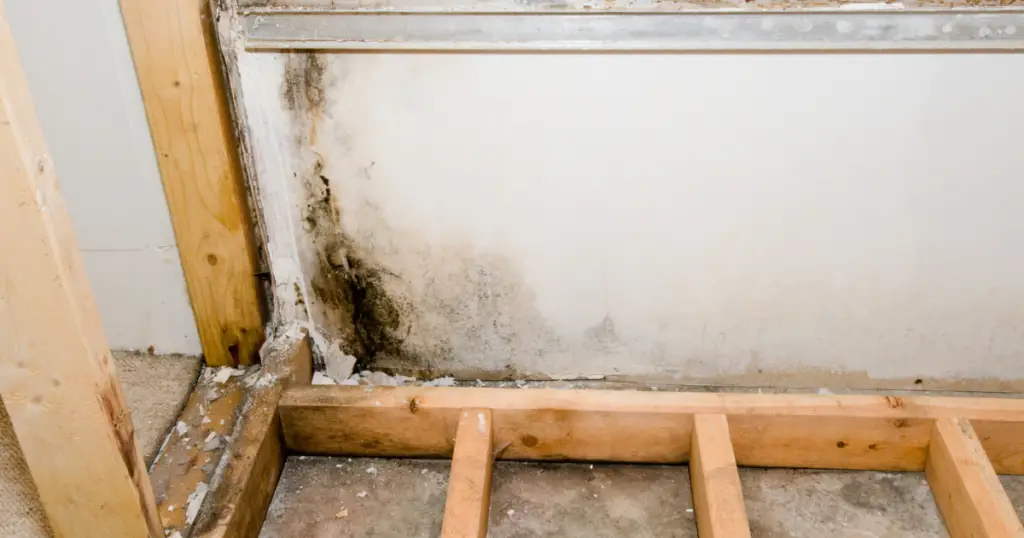
What causes Mold Growth in basements?
Mold has the potential to become a major problem in your basement, and can be brought on by several contributing causes – such as high humidity levels, poor air circulation, leaking pipes or water damage. Mold may enter your home through either an internal source or an external source.
Basements, as the lowest area of a home, are inherently susceptible to unwanted water leakage from external sources such as window wells and foundation walls. As gravity dictates that all liquids flow down towards the lowest point in an environment or structure, any excess moisture is likely to make its way into your basement.
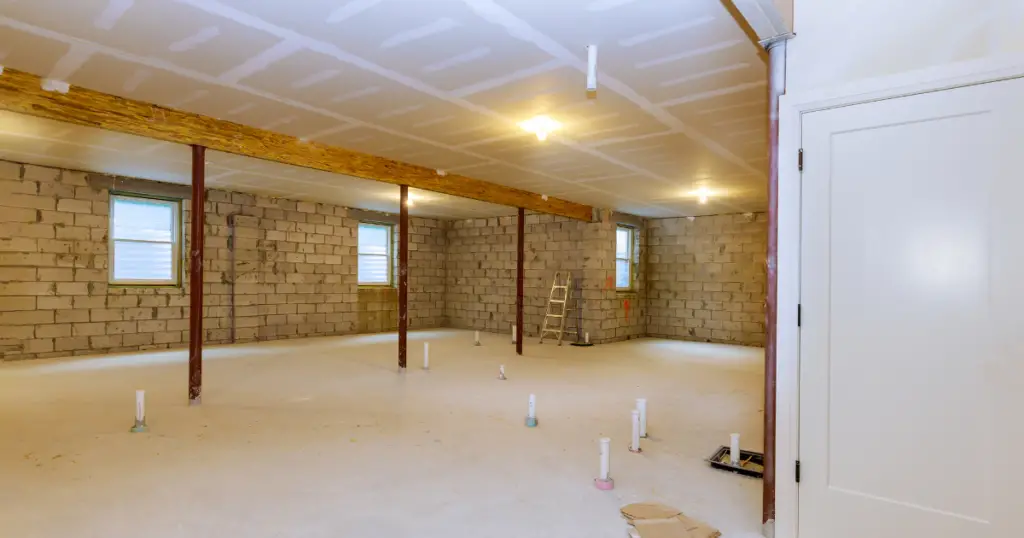
Indoor Mold
Mold growth in basements can be caused by several indoor sources, including:
- Poor ventilation – Inadequate fresh air circulation combined with the lack of an exhaust fan or air conditioner inside the basement can create an environment where mold can grow and thrive.
- Rain and floods – Heavy rains or flooding in the basement can quickly cause mold problems if not addressed promptly.
- Relative humidity – Basements are often moist and humid areas due to their location, so they provide an ideal environment for mold growth. Humid air holds moisture, and if the relative humidity (RH) is above 60% in your basement, it can create a breeding ground for mold.
- Leaky pipes – Leaky plumbing pipes are a common source of moisture in basements, leading to the perfect conditions for mold growth.
- Water damage – Water damage from burst pipes or other sources can easily lead to mold growth in basements that aren’t properly maintained.
- Cooking – Cooking activities create steam which is a great source of moisture for mold spores, particularly in damp basements.
- Showering – Showers are known to generate considerable amounts of steam from hot water, thus providing ample opportunities for mold growth.
Outdoor Mold
Mold growth in basements can also be caused by outdoor sources including:
- Gutters – Clogged or overflowing gutters allow standing water to pool up around the home, which can wick into the basement and create ideal conditions for mold to grow.
- Landscaping – Poor landscaping, such as improperly graded soil or plant beds too close to the house, can cause basement moisture issues that lead to mold.
- Grading – Inadequately sloping ground around homes allows water to slide downhill and toward the foundation walls. This is a common cause of standing water in basements and can result in mold growth if not addressed.
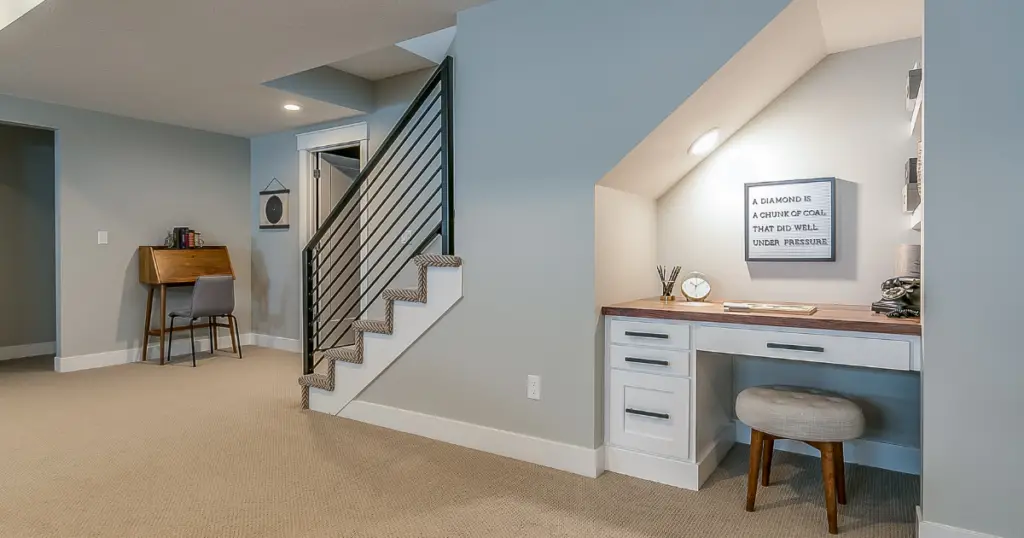
How to prevent mold in your basement?
Mold growth can be prevented in basements if the right measures are taken. Here are some tips for preventing mold growth in your basement:
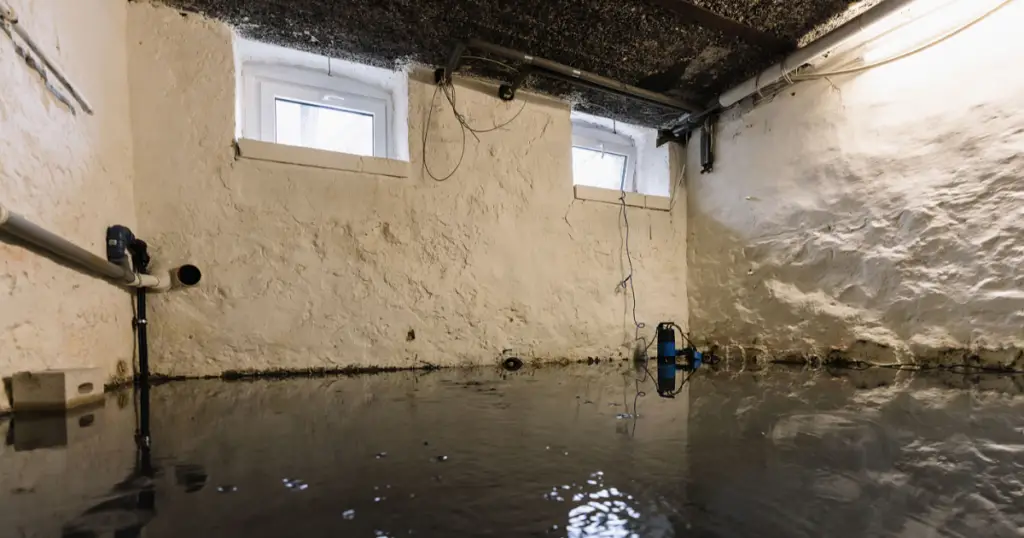
Avoid wet floor
To prevent basement mold, always use doormats and mats at the entryways and dry up all wet spots as soon as you spot them.
Basement floor & wood flooring
If you have wooden floors in your basement, seal them with polyurethane or linseed oil regularly to prevent moisture infiltration and potential wood rot caused by dampness associated with mold growth. Avoid wet floors as they cultivate the ideal environment for mold to thrive and increase your risk of exposure.
Laundry rooms
When doing laundry in a basement laundry room, be sure to open up windows and use a dehumidifier if available to keep moisture levels down and reduce the chances of a moldy basement. Additionally, dry wet clothes outside to avoid moisture.
Indoor air quality & fresh air
Adequate amounts of fresh air must be allowed into the home while also maintaining good air quality through the consistent circulation of clean filtered air inside the house since this helps to minimize moisture which can create ideal breeding grounds for mold to grow.
Proper ventilation
Install proper ventilation systems inside the basement, such as exhaust fans, air conditioners, or fresh air supply to help control the air quality and moisture levels inside the space.
Repair leaks
Check all water pipes and surrounding areas regularly for signs of leakage or unsafe moisture buildup to prevent possible water damage resulting in mold colonies. Basement leaks are the number one cause of mold in basements.
Waterproof coating
Applying a waterproof coating around your foundation walls can help protect against any water seepage that would create ideal conditions for molds to thrive. Add insulation to avoid condensation forming on cold surfaces when the inside of your home is warmer than the outside.
Basement Walls/Windows/Pipes
Make sure to check the condition of all foundation walls, windows, pipes, and other components regularly to determine whether there are any cracks or gaps that may be allowing water into the space.
Seal these gaps with caulk or mortar mix when necessary to keep moisture out. Instead of grinding and stuffing them with hydraulic cement, which will get loose in a couple of years, you can repair them easily and permanently with do-it-yourself crack injection kits
Avoid Clutter
For proper circulation of air throughout the space, make sure there are no cluttered items blocking fans or vents from functioning properly.
Repair Basement Cracks & Seal Gaps Airtight
Use foam sealant along cracks on concrete walls as well as gaps around pipes where they enter the wall to ensure no water can escape into any interior spaces within the home or seep into other areas outside it.
The best way to reduce high humidity and condensation in basements is to deep-seal your concrete against moisture. Sealing the basement slab against water vapor transmission and possible water seepage is the key to preventing molds and mildew. Install a sump pump and maintain it to help move groundwater away from the home and reduce moisture in the basement.
Crawl space
If you have a crawlspace at home, inspect it periodically for signs of standing water or other evidence of poor drainage so that it can be addressed immediately before any resulting problems worsen over time due to humid conditions causing an increase in mold formation.
Gutters & Landscaping/Grading
Ensure gutters are aligned properly so that rainwater flows away from the house instead of pooling around its perimeter which could cause flooding leading to increased chances of mold infestation inside basements.
Regrade soil slopes near your home so that it directs runoff away from foundations towards natural drainage pathways such as streams or rivers nearby instead of accumulating near surfaces prone to becoming saturated during the rainy season leading to excessive moisture buildup indoors creating the perfect environment for supporting molds life cycle stages completion process.
Check HVAC systems
Ensure the HVAC system is working properly and that no condensation is collecting in air ducts as this can facilitate mold. A thorough deep cleaning of air ducts and other components annually should help prevent any unfavorable conditions from developing inside the home, reducing chances of mold formation.
Dehumidifiers and Air Purifiers
Invest in a good dehumidifier to help control indoor air quality and moisture levels inside the space. Air purifiers will help with the removal of airborne spores and particles that could be present in the air, reducing their potential to create colonies in areas with high moisture levels. This should help reduce any risk of mold developing indoors as a result of water seepage or condensation.
Clean regularly
Ensure that areas prone to becoming damp, such as around showers and sinks, are kept clean and free of clutter where mold can easily accumulate. Make sure all surfaces in the basement area are regularly wiped down using a vinegar or bleach solution to keep molds from spreading.
Regular inspection
It’s important to inspect your basement regularly for any signs of moisture, water leaks and damage, or visible mold growth which can all be indicative of a larger problem. If you notice any warning signs, contact a professional to assess the situation and take the appropriate next steps.
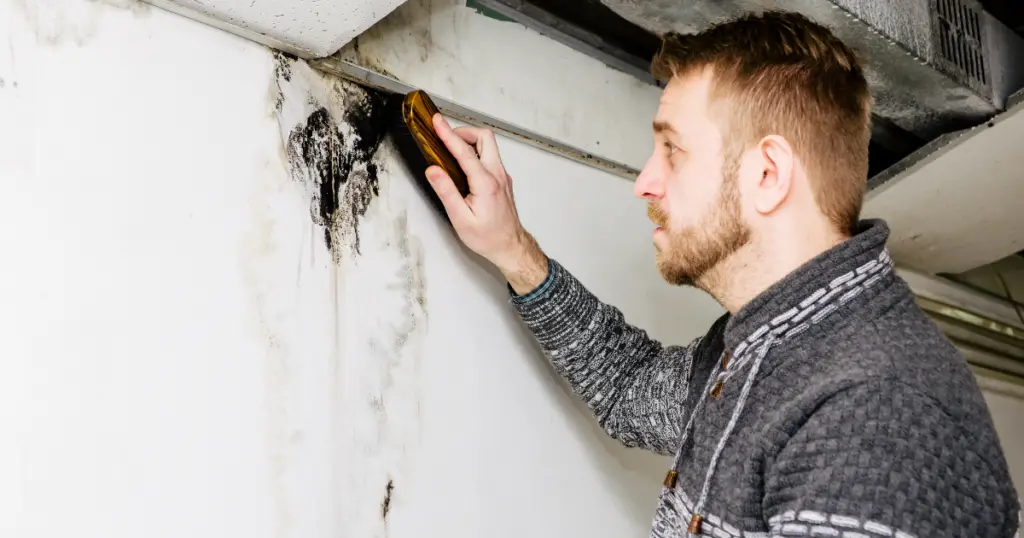
Basement Mold Removal
Removing mold from your basement can make all the difference for a healthy and safe home. The key to successful mold removal is the drying process, which removes existing mold spores and prevents them from spreading. It’s essential to tackle any mold in your basement as soon as possible so you can achieve a truly mold-free basement.
To do this, start by creating an environment with a dehumidifier and fans which will speed drying time and help keep away mildew and odor. By removing moisture sources, ensuring proper ventilation, and using the right cleaning products you can get rid of the existing mold spores and create a healthier environment overall.
- Bleach: Use a solution of 1 part bleach to 10 parts water to remove mold from hard surfaces. Be sure to use protective gear (i.e. gloves, goggles) when handling this potentially hazardous solution.
- Tea Tree Oil: This natural oil is highly effective in killing mold spores and preventing them from spreading. Dilute it with water before applying it directly to the affected area.
- Borax: Borax is useful for removing mold and mildew stains when mixed with water. However, you should avoid direct contact with human skin as it may irritate some people.
- Baking Soda: Baking soda has antifungal properties which make it great for removing mold from non-porous surfaces such as tiles and counters. Combine it with water and scrub the affected areas until all traces of the fungus have been removed.
- Vinegar: White vinegar is an acidic substance that can be used to kill off mold spores on surfaces like glass or tile. Just mix 1 part vinegar to 4 parts water and spray it onto the affected areas before wiping clean with a cloth or sponge.
- Hydrogen Peroxide: Hydrogen peroxide is another powerful weapon against mold growth since it’s both antifungal and antibacterial. Simply mix 1 part hydrogen peroxide to 3 parts water before spraying it directly onto any visible signs of mold growth within your home environment.
If you find yourself dealing with a basement mold infestation, don’t hesitate to call in the professionals. They can inspect your home and recommend effective strategies for removal and prevention. With the right tools and knowledge, you can get rid of any mold problems in no time!
What humidity levels does mold grow?
Mold growth can be found in humid environments, typically with levels between 55%-85%. When Relative Humidity (RH) is over 70%, mold spores start to rapidly reproduce and spread. It’s important to keep indoor RH below 60% to prevent the growth of mold in your home.
Mold Testing
Mold testing is an important part of keeping your home and family safe from potential health hazards associated with mold. Here are some of the most common methods for testing for mold:
- Visual Inspection: This is the easiest way to detect any visible signs of mold in your home, such as discoloration on walls or ceilings. Mold can be black, white, green, or even orange.
- Air Sampling: Air samples can provide a more thorough assessment since they measure the concentration of airborne particles which may indicate mold growth inside your home. Specialized equipment is used to measure this concentration and then interpret the results.
- Surface Sampling: Testing specific surfaces that are suspected to contain mold can help identify hidden sources of growth within your home. This method involves collecting samples from hard surfaces like tiles or wood and then analyzing them for fungal contaminants.
- Bulk Sampling: Bulk sampling involves collecting small pieces of material (such as insulation) for laboratory analysis to determine if there is any evidence of past or present mold growth in your house.
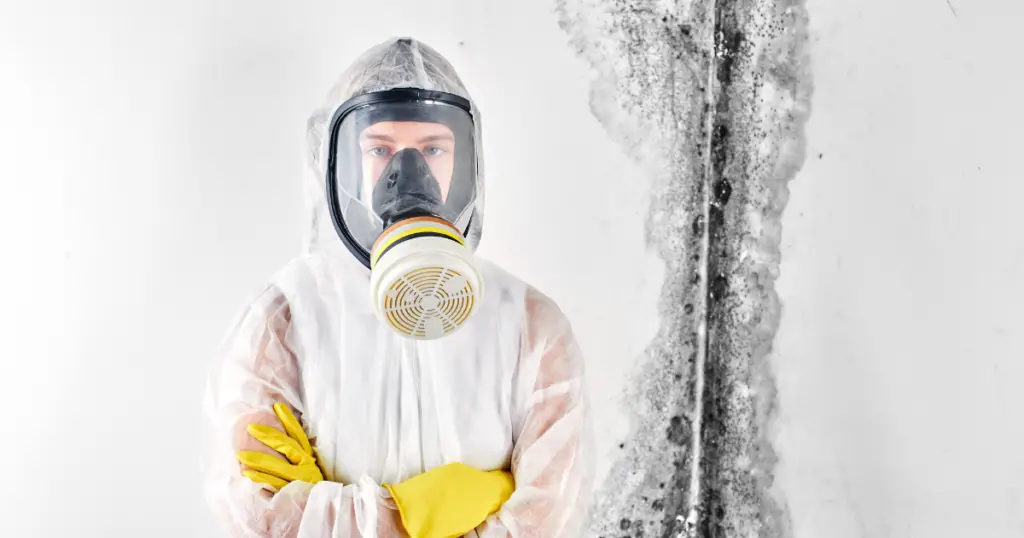
Call a Professional
It’s always a good idea to hire a professional when dealing with mold in your home. They can provide you with an accurate assessment of the severity of the problem, ensuring that it is properly addressed and remediated.
Professionals have access to high-quality tools needed for testing, analyzing samples, and identifying the source of the issue. Furthermore, they can help you develop an effective plan for preventing future outbreaks using preventative measures like dehumidifying and proper ventilation.
Mold can be a serious health hazard, so don’t take the risk of trying to tackle it yourself. Taking the necessary steps to ensure proper mold removal and prevention will go a long way in maintaining the safety of your home and family.
[/et_pb_text][/et_pb_column][/et_pb_row][/et_pb_section]
